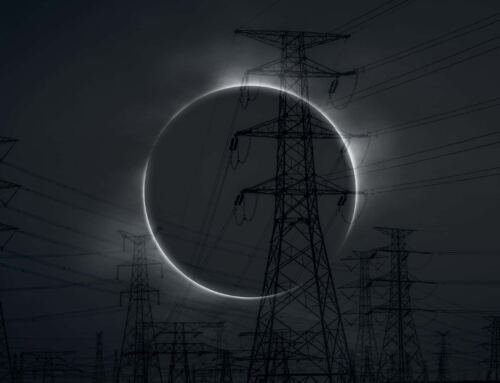As we head into another scorching summer in Texas, the temptation to go solar is only natural. Look outside: Our roofs are drenched in untapped energy reserves. But with solar prices plummeting over the last several years, isn’t it better to wait until prices hit “rock bottom”? Why pull the trigger and go solar now?
Over the last several years, solar adoption has soared, pushing solar panel prices to an all-time low. System costs since 1998 have fallen 75% and Texas boasts the lowest solar installation prices in the country. But if you wait a year or two, won’t the costs drop even more?
Maybe. But maybe not. Much of the cost has been driven out of the system components and future cost reductions will be much more gradual. When you’re evaluating the pros and cons of buying a system now or waiting, consider the cost of waiting. Currently available incentives won’t last forever.
The Residential Renewable Energy Tax Credit is due to expire at the end of 2016, unless legislators intervene. This tax credit is a boon to solar adopters as it offsets 30% of the system cost. Local utility incentives – while still healthy in many communities across Texas – can change at any moment. To avoid the Gold Rush effect, Austin Energy doesn’t give advance warning when its solar rebates are going to change. Oncor’s residential rebate pool dropped 20% from last year and is expected to be depleted by summer. In San Antonio, CPS is moving away from net metering to a PPA model, and its current rebate program is likely to expire at the end of this year.
Meanwhile, electricity prices are going up every year – in Texas, utility rates are expected to rise an average of 65 percent over the next 25 years, the average lifespan of a solar PV system. Any calculation of the cost of waiting must weigh these increases against the potential benefits of adding solar to your home.
When you buy your solar system – and there are many financing options now that make buying much more attractive than leasing – you are adding an asset to your home that is now recognized just like any other home improvement such as a new water heater or roof, with one monumental difference: This asset generates ongoing cash for your family to apply to your utility bill. Does your refrigerator do that?
But if you’re still not convinced that the benefits outweigh the costs, consider this: According to a new report by the North Carolina Clean Energy Technology Center, a financed solar PV system already costs less than the energy purchased from a residential customer’s local utility in 42 of the 50 largest cities in the United States—and seven of those cities are in Texas.
Texas – the bellwether energy state — took an early lead in renewables, becoming the #1 state for wind. We are second only to California in terms of solar energy potential, and we have among the lowest solar installation costs in the country. Yet Texas ranks EIGHTH in solar capacity nationwide.
Texas has the unbridled opportunity to become one of the leaders in rooftop solar. But so far, when it comes to solar, we’ve been – as they say in the Lone Star State – “all hat and no cattle.”
Why are we waiting?
If for no other reason than pure Texas pride, it’s time to take our energy leadership back – and make Texas #1 in solar.

































Leave A Comment